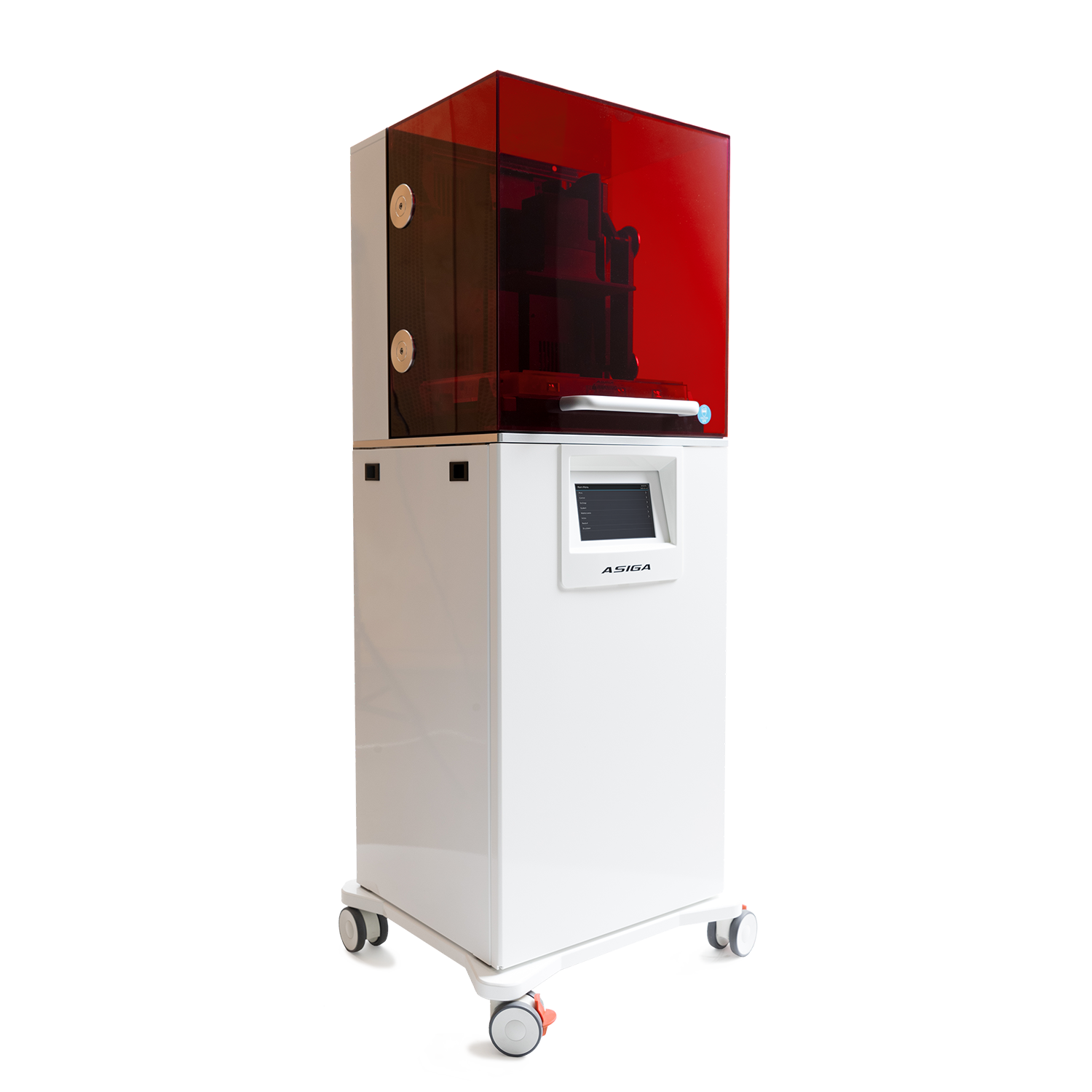 Burnout patterns for casting or pressing are becoming more and more popular as 3D printing grows in the dental laboratory. Savings on labor and time, coupled with increased productivity and accuracy make the technology attractive to labs of every size. The new 3D System’s ProJet 1200 tabletop printer prints burnout patterns made of a resin material. It has a specific technique to follow.
Burnout patterns for casting or pressing are becoming more and more popular as 3D printing grows in the dental laboratory. Savings on labor and time, coupled with increased productivity and accuracy make the technology attractive to labs of every size. The new 3D System’s ProJet 1200 tabletop printer prints burnout patterns made of a resin material. It has a specific technique to follow.
Once the patterns are finished and sprued, they are invested to create the mold for pressing ceramic or casting alloys. Though there are many investments that can be used for both, we have worked with several of our own and honed it down to one specific investment that seems to yield consistently excellent results when a specific technique is followed. That investment is Formula 1, which is a phosphate-bound material and, with the proper technique, is ideal for whatever will be guided into the mold.
Why the different techniques for resin vs wax? Wax starts liquefying and melting at lower temperature than resin and seeps out of the mold a little at a time. Of course, expansion is going on simultaneously, but the wax exerts very little pressure in the hardened investment.
Resin is quite different in that it doesn’t melt and it doesn’t seep out of the mold. It quickly vaporizes with rapid expansion. This does put pressure on the mold which can crack if it is not robust enough. Formula 1 is not only strong enough to resist cracking, but it also allows the use of a rapid burnout technique, where a ring of hardened investment can be placed into a furnace at a high temperature setting. That saves a lot of time and ensures a complete pressing/casting.
Burnout hints for success with resin patterns:
- Use the right sized sprue at the proper angle and distance from investment border
- Use rounded line angles and point angles for the connections
- Use room temperature liquid and powder
- Fill ring no more than ¼” above pattern(s)
- Bench set for a minimum of 20 minutes
- Rapid burnout technique recommended (immediate placement after 20 mins. at recommended high temperature)
- Heat soak for 30 minutes










.jpg)


Leave a comment